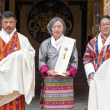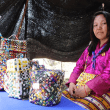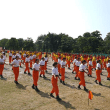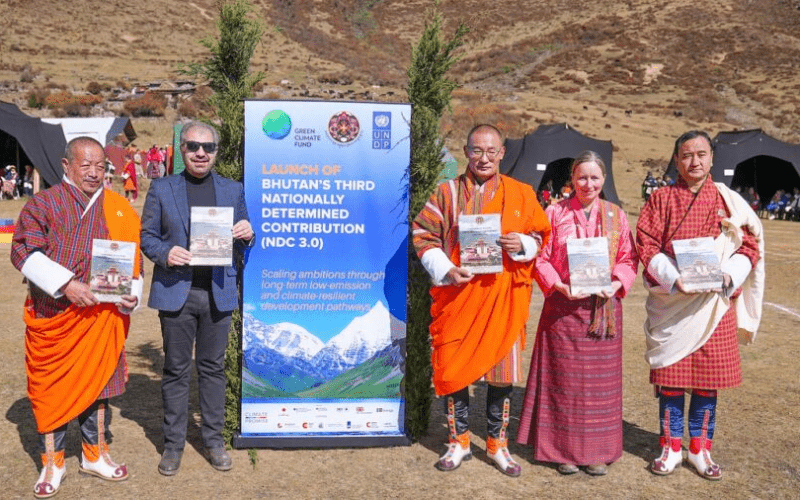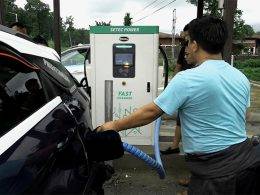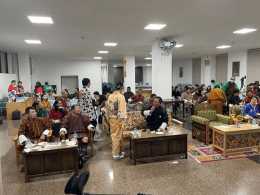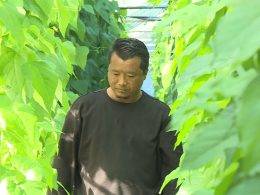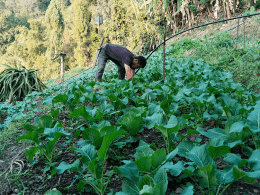Bhutan has renewed its global climate leadership with the unveiling of its Third Nationally Determined Contribution (NDC) during the 8th Royal Highland Festival in Laya, Gasa. The announcement, made by the Prime Minister and graced by Their Majesties The King and Gyaltsuen, reinforces the country’s steadfast pledge to remain carbon neutral while advancing a vision of resilience, inclusion, and sustainability.
A Renewed Commitment to Carbon Neutrality
The new NDC, which charts Bhutan’s climate strategy up to 2035, reaffirms the historic 2009 promise to ensure that greenhouse gas emissions never exceed the carbon absorption capacity of the nation’s forests and land-based ecosystems. Bhutan remains one of the few countries in the world to uphold carbon negativity—a status now bolstered by deeper sectoral actions.
The updated plan targets renewable energy expansion and low-emission growth across energy, industry, and agriculture. It integrates comprehensive adaptation measures designed to protect communities and ecosystems from intensifying climate threats.
“Our NDC 3.0 aligns fully with Bhutan’s 13th Five Year Plan and 21st Century Economic Roadmap, charting paths toward low emission, high value growth,” said the Prime Minister. “This is our contribution to a kinetic global effort, and we invite partners to join us in translating ambition into tangible action.”
Addressing Loss and Damage: A First for Bhutan
For the first time, Bhutan’s NDC explicitly addresses loss and damage resulting from climate events that surpass adaptation capacity—such as floods, landslides, forest fires, and slow-onset changes like glacier melt and droughts. The plan calls for international solidarity, access to the Loss and Damage Fund, and technical support to build a centralised database for tracking climate losses and aiding recovery efforts.
Officials emphasised that while Bhutan contributes more than its fair share to global mitigation, sustaining carbon neutrality and resilience will depend heavily on global partnerships for financing, technology, and capacity-building.
Climate Impacts Felt Across the Highlands
Local voices from Bhutan’s highland communities underscored the urgency of the climate challenge.
Pema Jamtsho, Laya’s Mangmi in Gasa, shared: “Snowfalls no longer come on time. The mountains that used to stay white throughout the year now lose their snow cover by summer, and our water sources are drying up.”
From the eastern highlands, Lobzang Tashi of Merak Gewog noted that rising temperatures threaten yak herding traditions. “Our yaks are struggling with heat stress. We may soon be unable to graze them in the same areas,” he said.
Kinley Dorji of Laya Gewog described ecological shifts already underway: “We now see new insects and even mosquitoes in our area. Some animals from the lower valleys, like the gaur, have started moving up here.”
Looking Ahead: Bhutan’s Climate Leadership on the Global Stage
Bhutan’s Third NDC will be submitted to the UNFCCC Secretariat ahead of COP30 in Belem, Brazil, next month. As the country envisions a tenfold increase in GDP by 2050, the plan reaffirms that environmental integrity remains central to national progress.
With its forests absorbing more carbon than the nation emits, Bhutan continues to stand as a moral and ecological leader—a testament to the possibility of pursuing prosperity without compromising planetary health.

